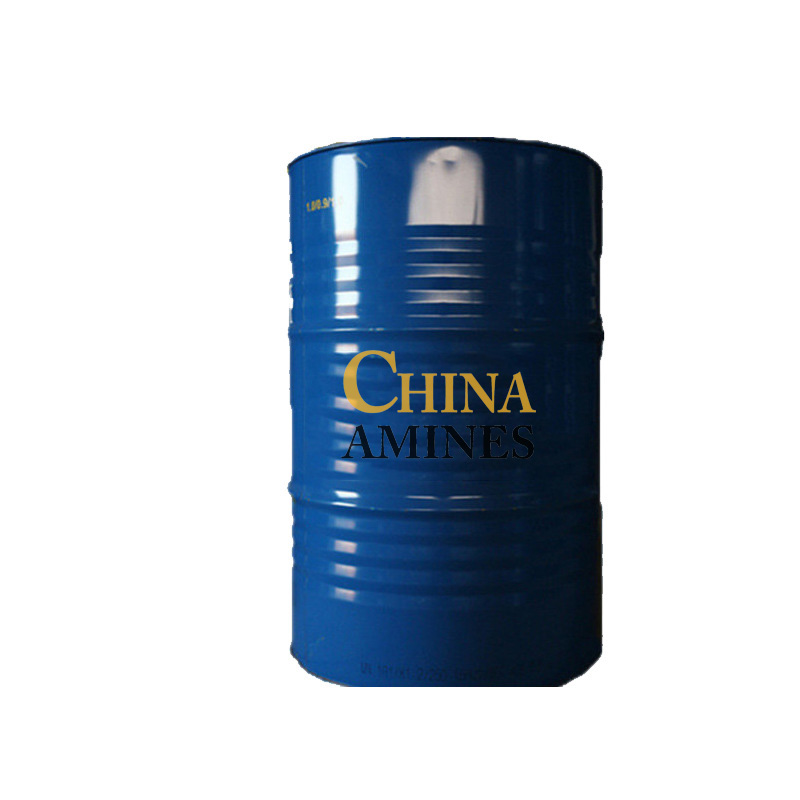1. Chemical Structure and Properties
Molecular Structure:
PMA is a linear polymer derived from the polymerization of methyl acrylate monomers (CH₂=CHCOOCH₃).
General formula:
[-CH₂-CH(COOCH₃)-]ₙ
Physical Properties:
Appearance: Transparent to translucent elastomeric solid or viscous liquid (depending on molecular weight).
Glass Transition Temperature (Tg): ~10°C to 20°C, providing flexibility at room temperature.
Thermal Stability: Decomposes above 200°C, releasing carbon oxides and methyl acrylate monomers.
Solubility: Soluble in ketones (e.g., acetone), esters, and aromatic hydrocarbons; insoluble in water.
Chemical Resistance:
Resistant to weak acids, alkalis, and oils; swells in chlorinated solvents (e.g., dichloromethane).
2. Industrial Applications
Adhesives & Sealants:
Pressure-Sensitive Adhesives (PSAs): Used in tapes and labels for its tackiness and durability.
Elastomeric Sealants: Flexible sealing applications in automotive and construction.
Coatings:
Textile Finishes: Provides water resistance and softness to fabrics.
Paper Coatings: Enhances gloss and printability in packaging materials.
Plastics Modification:
Impact Modifier: Blended with rigid polymers (e.g., PVC) to improve toughness.
Consumer Goods:
Chewing Gum Bases: Non-toxic, food-grade PMA used as a masticatory substance.
3. Safety and Toxicology
Health Hazards:
Acute Exposure:
Inhalation: Vapors from heated PMA may irritate respiratory tract (TLV-TWA: 10 ppm for methyl acrylate monomer).
Skin Contact: Non-irritating in polymerized form; uncured resin may cause dermatitis.
Ingestion: Low toxicity (oral LD₅₀ for polymer: >5,000 mg/kg in rats).
Chronic Effects:
Carcinogenicity: No evidence for PMA itself, but methyl acrylate monomer is classified as Group 2B (possibly carcinogenic).
Handling Precautions:
PPE: Gloves and goggles for handling uncured resins; ventilation for thermal processing.
4. Environmental and Regulatory Compliance
Environmental Impact:
Biodegradability: Slow degradation in landfills; incineration releases CO₂ and trace monomers.
Aquatic Toxicity: LC₅₀ (fish, 96h): >100 mg/L; low bioaccumulation (log Kow: ~1.5).
Regulatory Frameworks:
EU:
REACH: PMA polymers exempt from registration; methyl acrylate monomer restricted (Annex XVII).
Food Contact: Compliant with EC 1935/2004 for chewing gum applications.
USA:
FDA: 21 CFR 172.615 approves food-grade PMA as a chewing gum base.
China:
GB 9685-2016: Permitted in food-contact materials with migration limits.
Recycling:
Mechanical recycling limited due to cross-linking; chemical recycling via pyrolysis under development.
5. Case Studies and Application Insights
Case 1: Sustainable Packaging (Amcor, 2023):
Challenge: Replace PVC in flexible food packaging with a recyclable alternative.
Solution: PMA-based coatings provided comparable barrier properties without halogens.
Result: Achieved 30% lighter packaging and met EU Circular Economy Action Plan targets.
Case 2: Automotive Sealants (Henkel, 2022):
Application: PMA sealants for EV battery housings to prevent moisture ingress.
Performance: Withstood -40°C to 120°C thermal cycling without cracking (ISO 16750-4).
Comparative Analysis:
PMA vs. Polyurethane (PU):
Pros: Lower cost, easier processing, and better UV resistance.
Cons: Lower chemical resistance to oils and fuels.
Specifications:
PMA (Propylene Glycol Methyl Ether Acetate) is a high-purity solvent with excellent solvency, moderate evaporation rate, and low odor, widely used in coatings, inks, and electronics, available from China Amines Co.


